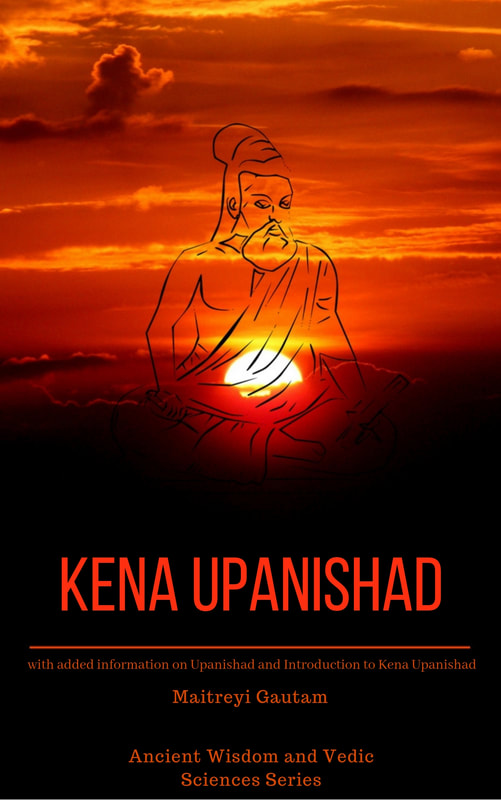Tithi in Vedic Astrology is one of the most important concepts. Tithi is one of five elements in the Vedic (or Hindu) Panchang (Five Parts of the Vedic Calendar). The rest are Nakshatra, Yoga, Vara and Karana. Each Tithi lasts between 21.5 and 26 hours. Tithi also defines almost all Hindu festivals.
Tithi refers to the first phase/portion among the 16 phases of the lunar cycle. It indicates a lunar day. The complete waxing cycle (Shukla Paksha, or the brighter phase) has 15 tithis. It begins at Amavasya, the last day in the dark half of a lunar moon month and ends at Purnima the full Moon. The other 15 tithis, are part of the waning phase of the moon (Krishna Paksha, or the darker phase), that begins at Amavasya and ends at Purnima. These tithis for the two phases are called the same, though their actual meaning and importance varies very greatly on if they fall within the waxing or the waning phase of the moon.
Vedic astrology says that a person's birth Tithi can have a significant impact on their personality and life. Astrology also uses tithis to identify auspicious and unlucky muhurtas (special times) for significant occasions.
Tithi refers to the first phase/portion among the 16 phases of the lunar cycle. It indicates a lunar day. The complete waxing cycle (Shukla Paksha, or the brighter phase) has 15 tithis. It begins at Amavasya, the last day in the dark half of a lunar moon month and ends at Purnima the full Moon. The other 15 tithis, are part of the waning phase of the moon (Krishna Paksha, or the darker phase), that begins at Amavasya and ends at Purnima. These tithis for the two phases are called the same, though their actual meaning and importance varies very greatly on if they fall within the waxing or the waning phase of the moon.
Vedic astrology says that a person's birth Tithi can have a significant impact on their personality and life. Astrology also uses tithis to identify auspicious and unlucky muhurtas (special times) for significant occasions.
Colloquially we find that Vedic Astrologers associate the waxing phase tithis with auspiciousness and material goodness, whereas they associate the waning phase tithis with ill-effects of a ‘malignant’ moon. Also, we find many references where these astrologers would define auspiciousness based on whether a person was born during the day or the night. BUT one needs to keep in mind, that Lord Krishna, who was the very divine incarnation on earth and was ‘sarva guna sampann’- i.e., he had all the desirable qualities and attributes, was born during the Krishna Paksha and that too at night!!
So, it is very important to consider the details mentioned within the classical texts with a bigger picture in mind. Are you simply looking to learn about the tithis and utilize them for mundane gains in life? ‘or’ are you looking to learn about the tithis and then utilize their knowledge to better your life in a conscious a-karm manner? The a-karm way, which was taught by Lord Krishna allows us to tarry thru the worst situations in life and in a way, defy what mundane astrology predicts for a person. The power of Divine Grace and Blessings is absolutely unsurpassed, and we always need to keep that in mind…
Now coming back to tithis, a tithi is defined according to the Sun-Moon correlation. After the new moon (or the full moon as the case may be) the first Tithi falls 12 degrees from the Sun. The next 12-degree from the Sun is the second Tithi and so on. One needs to note that these tithis are not defined at sunrise. They can change at any hour of the day or night.
So, it is very important to consider the details mentioned within the classical texts with a bigger picture in mind. Are you simply looking to learn about the tithis and utilize them for mundane gains in life? ‘or’ are you looking to learn about the tithis and then utilize their knowledge to better your life in a conscious a-karm manner? The a-karm way, which was taught by Lord Krishna allows us to tarry thru the worst situations in life and in a way, defy what mundane astrology predicts for a person. The power of Divine Grace and Blessings is absolutely unsurpassed, and we always need to keep that in mind…
Now coming back to tithis, a tithi is defined according to the Sun-Moon correlation. After the new moon (or the full moon as the case may be) the first Tithi falls 12 degrees from the Sun. The next 12-degree from the Sun is the second Tithi and so on. One needs to note that these tithis are not defined at sunrise. They can change at any hour of the day or night.
| |
The Fifteen Tithi-s are called with specific names and there are many famous festivals associated with each tithi. Details are as follows:
- Pratipada- This is also called as Padva and the most famous first tithi day is the Bali Pratipada which falls during the festive time of Diwali.
- Dooja- The most famous festival celebrated on the dooja tithi is the Bhai Dooj, which is also celebrated during the festive Diwali time and marks the special bond shared between a brother and sister.
- Tritiya- The most famous festival celebrated on a Tritiya is the Akshaya Tritiya.
- Chaturthi- The most famous festival celebrated on a Chaturthi is Ganesh Chaturthi.
- Panchami- The most famous festival celebrated on a Panchami tithi is Nag Panchami.
- Shashti- The most famous festivals celebrated on a Shashti tithi are the Skanda Shashti as well as the Surya Shashti.
- Saptami- The most famous festival celebrated on a Saptami tithi is the Ratha Saptami.
- Ashtami- The most famous festival celebrated on a Ashtami tithi is the Gokulashtami.
- Navami- Ram Navami is the most famous festival that is celebrated on a navami tithi. It comes towards the end (9th day) of the Chaitra Navaratri… i.e., the special nine nights festival for the worship and celebration of Ma Durga at the start of Spring.
- Dashami- Vijaya Dashami, which comes at the end of the Sharada Navaratri… i.e., the special festive time of nine nights for the worship and celebration of Ma Durga in the autumn months.
- Ekadashi- The most famous festival celebrated on a Ekadashi tithi is the Devashayani Ekadashi which is also called as the Ashada Ekadashi as it falls in the Vedic month of Ashada.
- Dwadashi- The most famous festival that is celebrated on a Dwadashi tithi is the Govatsa Dwadashi, which is dedicated to the worship of cows and calves.
- Triyodashi- The most famous festival celebrated on a Triyodashi tithi is the Dhana Triyodashi, which is also celebrated during the festive days of Diwali.
- Chaturdashi- Kali Chaudas and Anant Chaturdashi are the most famous festivals celebrated on a Chaturdashi tithi. Kali Chaudas is celebrated during the start of Diwali, right after Dhana Triyodashi and Anant Chaturdashi is celebrated at the end of the ten days special celebration of Lord Ganesh, which starts with Ganesh Chaturthi and ends with Anant Chaturdashi.
- Purnima (or Amavasya)- There are many special festivals celebrated during the Purnima and Amavasya tithi of which, Guru Purnima and Hanuman Jayanti are the most famous festivals celebrated on a Purnima tithi and Laxmi Puja and Shani Jayanti are the most famous festivals celebrated on the Amavasya tithi.
























